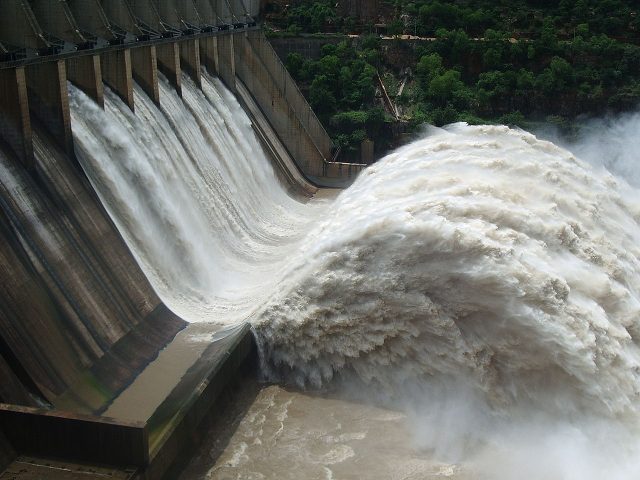A FICCI study on Water Risks for Indian Industries (2012) found that groundwater is the major source of water for different industrial sectors across India. About 55% of those surveyed used groundwater with or without some other source of water. Clearly, this dependence on groundwater makes the industry very vulnerable to rainfall variations and the ability of the nearby ecosystem to recharge groundwater.
Part IV of IV- Water Responsibility for Corporates
In this article, the fourth and final part in the series on water scarcity, Anirban Ghosh, Chief Sustainability Officer, Mahindra Group shares the steps taken by corporates to address this issue
Industrial sector is the second highest consumer of water in India and demand for fresh water is on the rise. According to the Ministry of Water Resources, consumption of water by industries will account for 8.5% and 10.1% of the total freshwater abstraction in 2025 and 2050 respectively. Industrial operations require huge quantities of water to run their machinery, to use in products and packaging. Industries should ensure that water discharged by them during their operations is treated to a non-polluting form.
A FICCI study on Water Risks for Indian Industries (2012) found that groundwater is the major source of water for different industrial sectors across India. About 55% of those surveyed used groundwater with or without some other sources of water. Clearly, this dependence on groundwater makes the industry very vulnerable to rainfall variations and the ability of the nearby ecosystem to recharge groundwater.
The good news is that the Indian industry on its part is realising the importance of water conservation and management. For example, a corporate initiative H2O to H2infinity is a clarion call to turn back the clock on water and return to a situation where it is available again in abundance. The corporate group harnesses more than 12 times the water it consumes.
Some factories harness water that covers more than 100 days of operation, provides micro-irrigation solutions to farmers to save 30% – 40% of water in their fields. Water used to produce a vehicle has been reduced by 21% in the last five years within its factories.
Actions like these are fast gaining traction across the sector. Corporate houses are also undertaking detailed risk mapping, rigorous water-audits and implementing programs like rain water harvesting and reusing treated waste water. Innovative technology solutions like using enzymes or plants to treat sewage and reuse the effluent water are also being explored. Corporations are creating zero waste water discharge facilities. A sustainable future, however, demands lot more.
In the first part of this series we saw that we have a BIGGER water problem than we think. The per capita water availability in India is estimated to go down to 1191 m3 by 2050 from 5200m3 in 1951. In the second part, we discussed about the two silver bullets that can address the crisis – harnessing more of the precipitation we receive and adopting micro-irrigation technologies to reduce the water intensity of agriculture. The third article mentioned steps we can take as individuals and now we have a glimpse of actions being taken by industries to use water efficiently.
Water is precious. You can make a difference at home and in your workplace; if you want to. Very soon, there may be no option!
 Anirban Ghosh leads the sustainability wing at Mahindra and Mahindra as the Chief Sustainability Officer. He has been working with Mahindra Group since 1999.A gold medal winning engineer from Jadavpur University, Calcutta, Ghosh has pursued doctoral studies in Marketing Management at IIM Ahmedabad. He enjoys music, reading, travelling, driving, cricket and tennis. He is an active public speaker and has represented the nation at the Festival of India across multiple nations.
Anirban Ghosh leads the sustainability wing at Mahindra and Mahindra as the Chief Sustainability Officer. He has been working with Mahindra Group since 1999.A gold medal winning engineer from Jadavpur University, Calcutta, Ghosh has pursued doctoral studies in Marketing Management at IIM Ahmedabad. He enjoys music, reading, travelling, driving, cricket and tennis. He is an active public speaker and has represented the nation at the Festival of India across multiple nations.
Thank you for reading the story until the very end. We appreciate the time you have given us. In addition, your thoughts and inputs will genuinely make a difference to us. Please do drop in a line and help us do better.
Regards,
The CSR Journal Team













